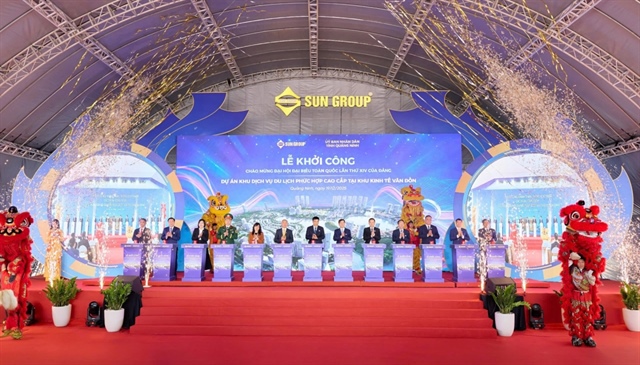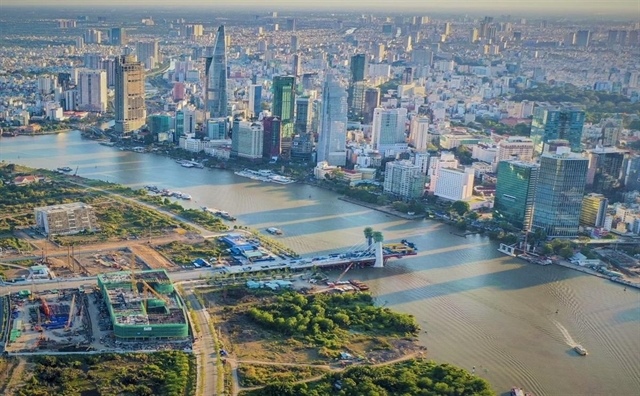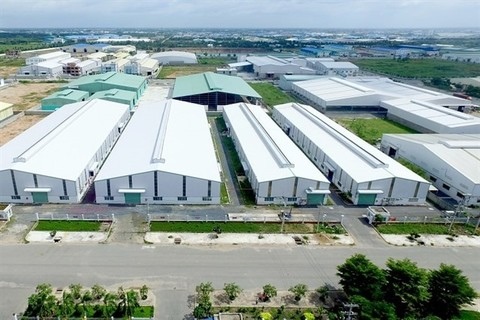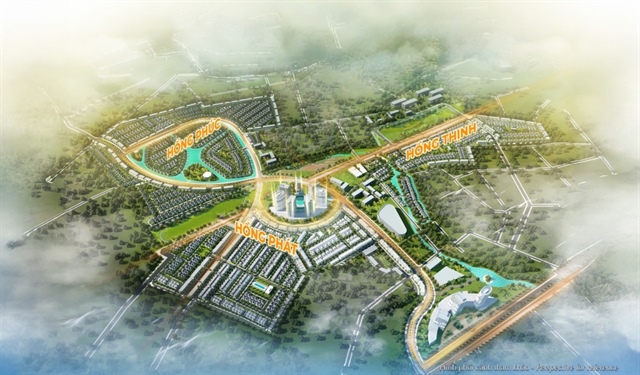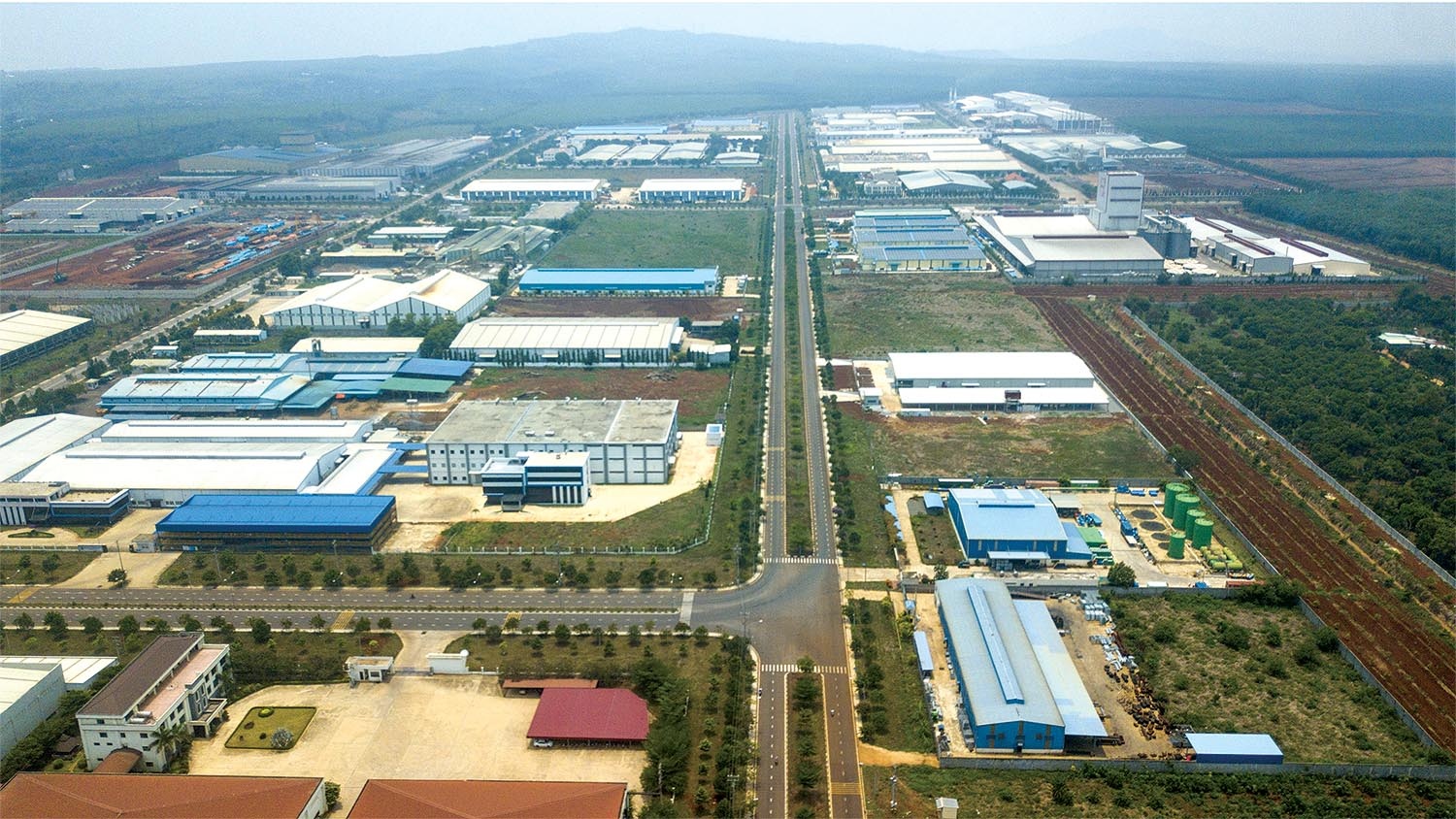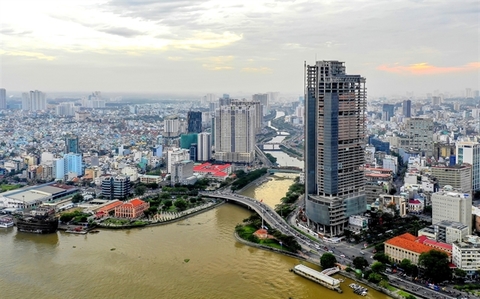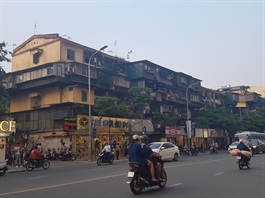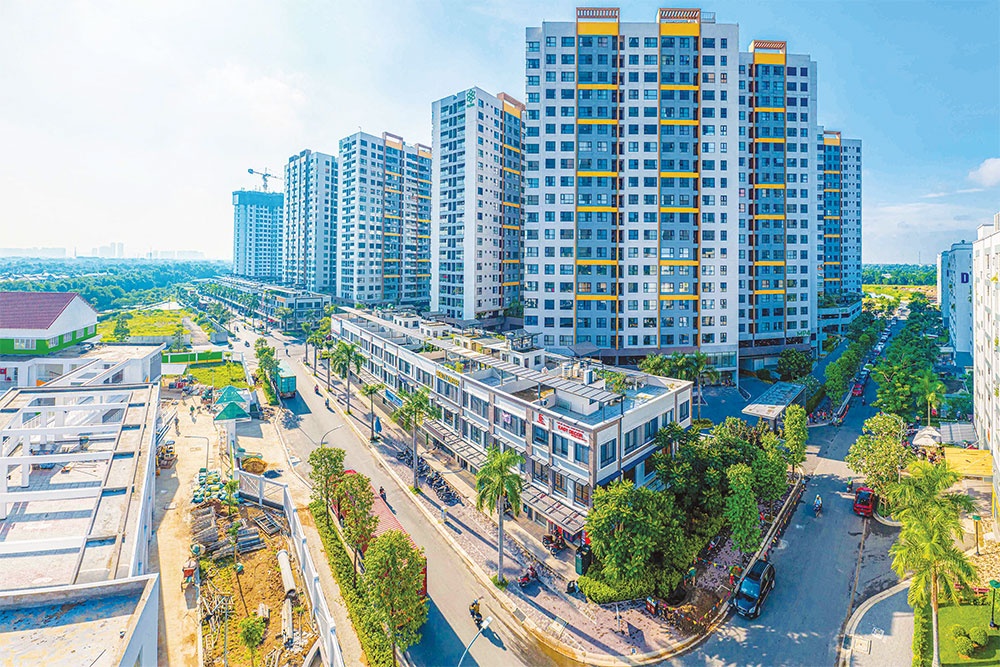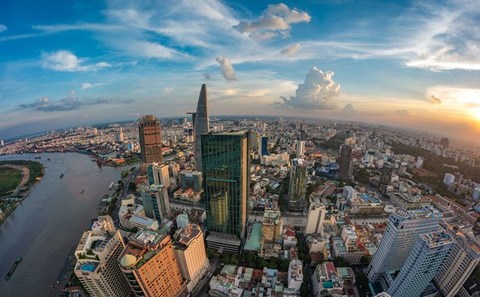Ho Chi Minh City suburban real estate market set for revival
Ho Chi Minh City suburban real estate market set for revival
After a lengthy period of inactivity, the real estate market in and around Ho Chi Minh City is resuming deals, mostly in new full-scale developments.
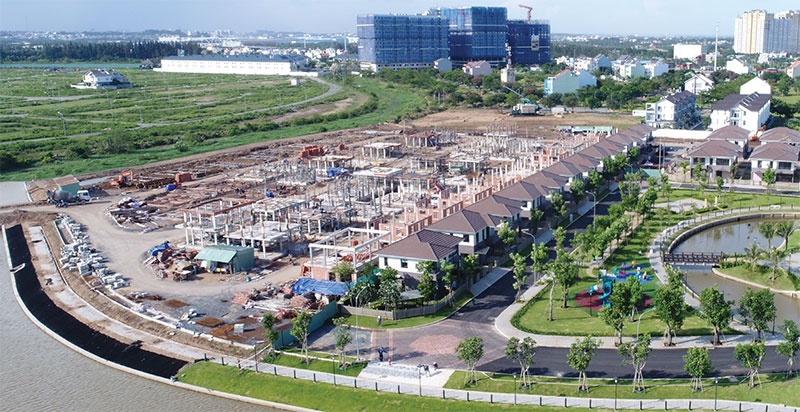
Property prices in the central district of Ho Chi Minh City have risen to such an extent that many young people are choosing to purchase homes in the suburbs, where costs are more affordable.
In the southern area, the provinces bordering Ho Chi Minh City, such as Dong Nai, Long An, and Binh Duong, more and more items catering to the requirements of locals and Ho Chi Minh City workers are surfacing at affordable costs, and the link to the centre is strengthened.
According to existing evidence, several significant metropolitan districts in Long An are catching the attention of individuals with genuine housing requirements and investors.
In Nam Long Group's Waterpoint Urban Area, for instance, in addition to townhouses, villas, and riverfront villas, there are also economical EHome Southgate apartments, starting at around $42,400 per unit. The project's current phase involves the development of a new subdivision, while prior stages include heavily inhabited areas.
Izumi City, Nam Long Dai Phuoc, and Aqua City are the most notable real estate developments in Dong Nai, becoming the preferred housing option for individuals who want a decent lifestyle without being too distant from Ho Chi Minh City.
According to industry analysts, Ho Chi Minh Ci's expanding demand and population growth tendency have driven the city's satellite urban real estate to develop and attract attention in the setting of a limited supply.
Su Ngoc Khuong, senior director of Investment Department at Savills Vietnam said, "In the environment of market instability, the desire to seek housing in the neighbourhood is growing. This is also one of the trends that will continue to be noticeable beyond 2023."
Additionally, the general director of Viet An Hoa Real Estate Investment, Tran Khanh Quang, said that purchasers now cared more about the distance than the neighbourhood. Thus, working in Ho Chi Minh City but residing in Dong Nai, Binh Duong, or even Long An was not uncommon.
This is a result of the ever-improving transportation infrastructure and the continued affordability of neighbouring real estate. Some urban developments on the outskirts of Ho Chi Minh City are almost self-sufficient in terms of utilities, therefore, many individuals prefer to construct a second home or reside there.
According to David Jackson, general director of Colliers Vietnam, the tendency towards living in urban regions around Ho Chi Minh City has increased since the outbreak. Infrastructure connections and improved service quality in the periphery have been significant drivers of this development. The same level of medical, educational, and recreational amenities in the suburbs compels individuals to seek "centrifugation" to feel more confident in their decision.
The tendency of "centrifugation" in Ho Chi Minh City region will continue as it becomes more accessible and quick to link Dong Nai, Binh Duong, and Long An to the city. Moreover, the disparity in quality of life across regions is diminishing, while the cost of living and services on the periphery is lower.
The essential fact is that real estate prices in major cities are rising steadily. With the same amount of money, the buyer will acquire a bigger piece of real land, complete with a suburban garden. In addition, metropolitan regions on the periphery are expanding and producing more local employment prospects, especially in businesses that need a high level of expertise and skills.
Those who reside in the suburbs where the company's headquarters are situated will also benefit from the trend of remote work, which is gaining popularity. In addition, spiritual qualities, such as a laid-back lifestyle in conjunction with a more pristine environment, are increasingly valued.


